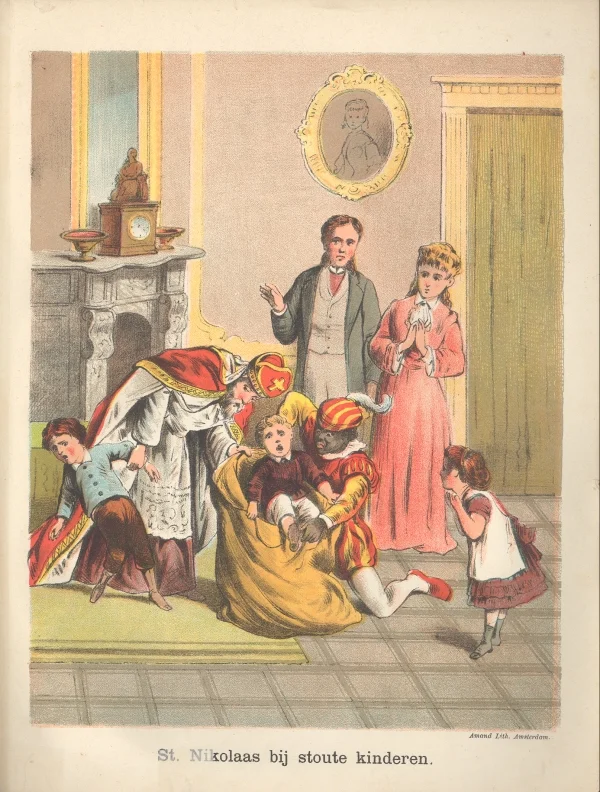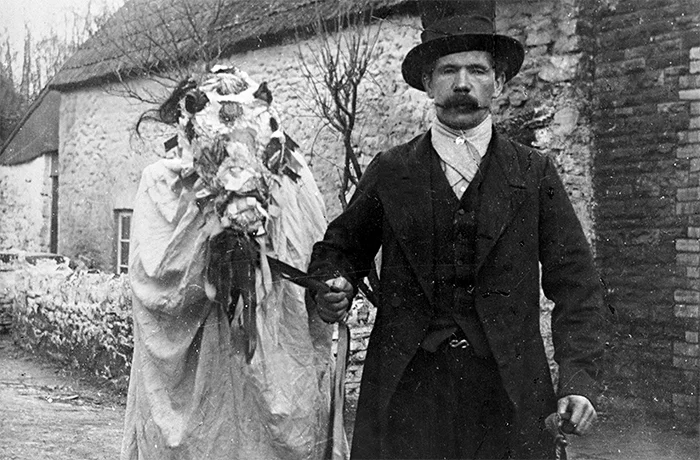Set sail over the holiday season for an unforgettable Christmas adventure. From the shimmering lights of Monaco to the sun-soaked beaches of Sydney, discover the most enchanting stopovers for a luxurious and festive yacht getaway.
Ahoy, holidaymakers! This festive season, why not trade in the traditional for some Christmas luxury getaways? Embark on a yuletide voyage to some of the world’s most enchanting ports, where every sunset is a celebration. Imagine gathering around a tree in a scenic harbor, exchanging customized gifts while experiencing the magic of age-old traditions unique to the region.
Let’s set sail to these unmissable Christmas destinations by yacht.
Mediterranean Magic: Christmas in Monaco
Picture this: the glimmering Mediterranean coastline, where Monaco transforms into a winter wonderland despite the absence of snow. Stroll through festive markets that hug the harbor, where the scent of mulled wine and artisan crafts fills the air. As the sun dips below the horizon, Monaco offers an ambiance that’s both cozy and opulent, perfect for a Christmas to remember.
Festive Attractions: Monaco’s Christmas Village at Port Hercules is a treasure trove of festive cheer. Wooden chalets overflow with artisanal crafts, gourmet delicacies and charming holiday trinkets. The nearby Place du Casino is transformed into a dazzling holiday spectacle, complete with sparkling decorations and projections on the iconic Casino de Monte-Carlo.
Local Holiday Traditions: In Monaco, Christmas traditions reflect the principality’s blend of Mediterranean charm and Old-World Catholic traditions. The highlight of the season for many locals is the December Mass at the Saint Nicholas Cathedral. This historic cathedral, with its stunning Roman-Byzantine architecture, becomes the heart of spiritual and communal gatherings during the holidays.
Saint Nicholas, the inspiration for Santa Claus, is celebrated here with a focus on his role as a protector of children and sailors. Monaco’s seaside location makes this connection especially meaningful, with its port bustling with yachts decorated in dazzling holiday lights.
Local Cuisine: Treat your taste buds to holiday specialties like fougasse, a soft and sweet bread adorned with oranges and nuts. Pair this with a glass of local wine for a festive culinary experience.
Tropical Escape: St. Barts for a French Caribbean Christmas
On this vibrant, sun-soaked island, Christmas is celebrated with a tropical twist. In St. Barts, the azure waters and swaying palm trees form the backdrop for a holiday filled with joy, fireworks and indulgence.
Festive Attractions: Gustavia Harbour is the heart of the celebration, with its fireworks display illuminating the tropical night sky. The harbor buzzes with energy as yachts light up in their holiday finery, and lively street parties spill into the early hours.
Local Holiday Traditions: In St. Barts, Christmas Eve is all about connecting with loved ones, often in open-air settings like courtyards or on the beach. The evening begins with shared meals, where traditional Creole dishes take center stage. As the night deepens, steel drums and guitars fill the air, often accompanied by impromptu dances that bring generations together.
Unlike the more commercialized parts of the world, St. Barts keeps holiday traditions grounded in family and community. Children might receive small gifts exchanged at midnight, but the focus is on the experience: the glowing lanterns, the delicious food and the joy of being surrounded by loved ones. It’s a celebration that captures the essence of island hospitality, where visitors are often welcomed as family, and the holiday spirit radiates through every laugh, song and shared bite of food.
Local Cuisine: Feast on Creole-inspired holiday dishes like roasted meats, fresh seafood and tropical desserts. Don’t miss the chance to try accras (salt cod fritters) or the island’s famous coconut tarts.
Christmas Down Under: Sydney, Australia
Trade snowy streets for sandy beaches in Sydney, where Christmas celebrations are drenched in sunshine. Anchor in Sydney Harbour, with iconic landmarks like the Opera House and Harbour Bridge providing the ultimate festive backdrop.
Festive Attractions: Sydney’s Christmas markets are a feast for the senses, offering gifts, gourmet treats and a laidback Aussie vibe. Circular Quay comes alive with lights and decorations, while Darling Harbour hosts live performances and holiday events.
Local Holiday Traditions: In Australia, Christmas lands in the peak of summer, flipping traditional holiday expectations on their head. Locals embrace the season with sunshine, sandy beaches and outdoor celebrations. In Sydney, the holiday spirit spills out of homes and into parks, backyards and beaches, where families and friends gather for barbecues and picnics.
At Bondi Beach, the festive vibe reaches its zenith on Christmas Day. The iconic shoreline becomes a buzzing hub of sun-soaked revelry, drawing both locals and travelers who make sandcastles instead of snowmen. Santa himself joins the fun, swapping his sleigh and reindeer for a surfboard. The beach is a kaleidoscope of activity, from families grilling fresh seafood and sausages on portable BBQs to groups playing beach cricket and volleyball.
Events like the famous Carols in the Domain draw thousands for an open-air sing-along under the stars, with a distinctly Australian twist: kids in Santa hats paired with swimmers and sunscreen.
Local Cuisine: Indulge in fresh-grilled seafood like prawns and lobster, paired with tropical fruits and chilled Australian wine. Dessert? Pavlova topped with passionfruit and berries is a must.
Old-World Charm: Amsterdam, Netherlands
The shimmering reflections in Amsterdam’s canals double the charm of the city’s twinkling holiday lights. The scent of spiced cider and freshly baked oliebollen fills the air, while the sound of laughter echoes through cobblestone streets. Whether exploring Christmas markets or catching a glimpse of Saint Nicholas (Sinterklaas), Amsterdam offers a holiday steeped in tradition and wonder.
Festive Attractions: Amsterdam’s Christmas markets are a delightful mix of cozy and festive, featuring handmade crafts, gourmet food stalls and live music. For a unique experience, visit the floating market on the Singel canal. In Dam Square, a towering Christmas tree illuminates the city center.
Local Holiday Traditions: At the heart of Dutch Christmas celebrations is Sinterklaas, the tall, stately figure dressed in red robes and a bishop’s mitre, who arrives in early December to bring gifts to children. Unlike Santa Claus, Sinterklaas doesn’t come from the North Pole; instead, he’s said to travel from Spain by steamship, a nod to the country’s maritime trading history.
And Sinterklaas doesn’t travel alone. He’s (in)famously accompanied by Zwarte Piet, aka Black Pete, a mischievous yet helpful character who assists in distributing gifts and sweets. Traditionally depicted in blackface (from chimney soot, supposedly), Zwarte Piet’s origins trace back to Dutch folklore, where he may have been inspired by Moorish servants or earlier tales of naughty spirits. While the depiction of Zwarte Piet has sparked debate in modern times, many communities have adapted the tradition with more inclusive interpretations, focusing on colorful costumes and cheerful antics.
The festivities truly come alive on Sinterklaasavond (Saint Nicholas Eve) on December 5, when children place their shoes by the fireplace, hoping to find small gifts or treats left by Sinterklaas and his helpers. Adults often join the fun with playful Sinterklaasgedichten — personalized rhymes poking gentle fun at the recipient, tucked inside wrapped presents.
Local Cuisine: Warm up with oliebollen, golden fried dough balls dusted with powdered sugar, or poffertjes, mini pancakes served with butter and syrup. Pair them with a hot cup of glühwein (mulled wine) for the ultimate festive treat.
Northern Lights: Tromsø, Norway
For a truly magical holiday, set your course north to Tromsø, where the Arctic sky lights up with the ethereal glow of the Northern Lights. Here, Christmas is a celebration of nature’s wonders, from snow-dusted landscapes to vibrant holiday markets.
Festive Attractions: Tromsø’s Christmas markets are an enchanting blend of traditional crafts, local delicacies and festive lights. Don’t miss the chance to witness the Northern Lights from the comfort of your yacht.
Local Holiday Traditions: In Tromsø, Christmas is a time where folklore meets the enchantment of the Arctic. Norway’s version of Santa, Julenissen, is a mix of the modern Santa and the nisse — a gnome-like guardian from Norse mythology. Families leave bowls of porridge with butter out for the nisse, honoring its role as a protector of farms and bringer of small gifts during Jul, the Scandinavian version of Christmas.
Another beloved tradition is julebukk (Christmas goat), where children dress in costumes and sing carols door-to-door in exchange for treats. This echoes ancient customs tied to Thor’s goat-pulled chariot, blending pagan roots with modern festivities.
Local Cuisine: Savor reindeer steaks, hearty stews and lingonberry desserts, each offering a true taste of the Arctic. Warm up with mulled berry gløgg, a hot spiced and slightly sweet wine.
Deck the Hulls: A Luxury Holiday Adventure Awaits
Embarking on a Christmas yacht journey offers a blend of luxury, adventure and cultural immersion. From the festive markets of Monaco to the Northern Lights of snowy Norway, each destination provides its own special brand of holiday cheer. Plan ahead, choose a yacht that caters to your desires and prepare for a holiday season that sails beyond the ordinary. –Joyce Veloso
MORE MAGIC OF THE SEASON: Christmas Around the World




















































